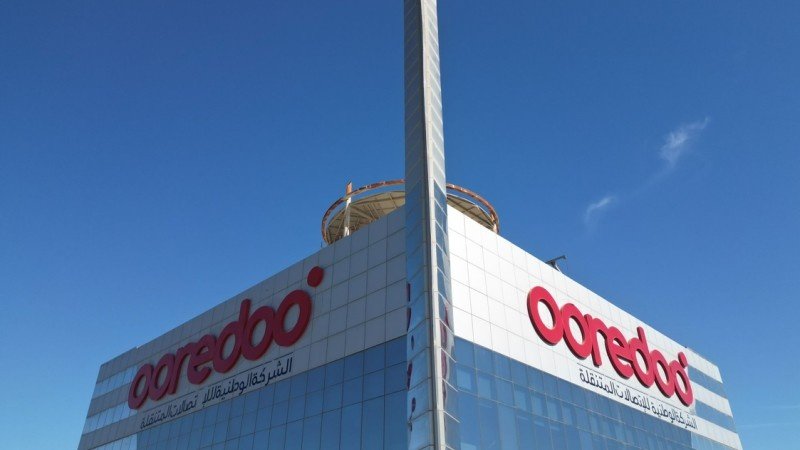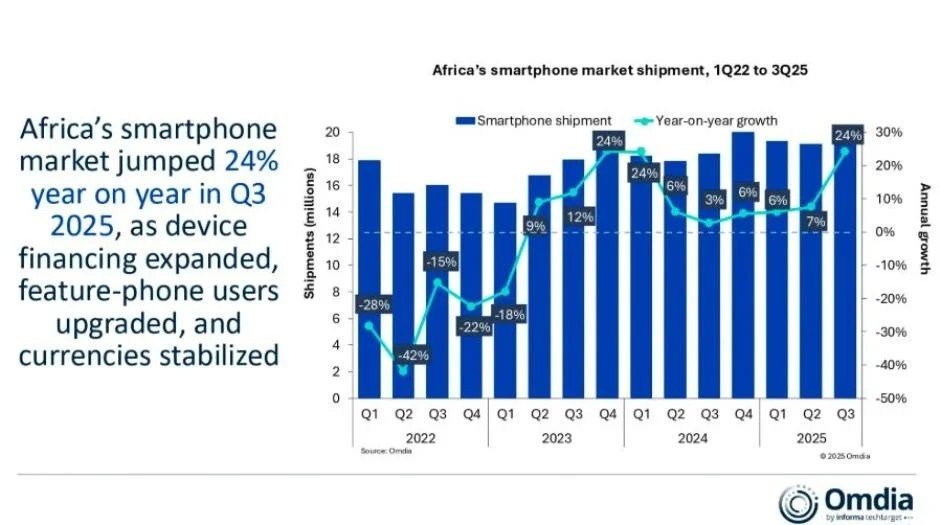Islamabad — The Government of Pakistan has released over Rs 2.43 billion for ongoing and new projects under the Ministry of Information Technology and Telecommunication (MoITT) during the first quarter of fiscal year 2025–26, according to data from the Public Sector Development Programme (PSDP).
Despite the release, only Rs 111.77 million has been utilized so far, underscoring the slow pace of spending within the ministry’s development portfolio.
For the current fiscal year, the federal government has earmarked a total of Rs 16.23 billion for the IT and Telecommunication Division — including Rs 15.78 billion for ongoing projects and Rs 450 million for new initiatives.
Major ongoing projects under MoITT include:
- Establishment of an IT Park in Karachi under the Pakistan Software Export Board (PSEB)
- The Technology Park Development Project (TDP) in Islamabad
- The Digital Economy Encampment Project
- Expansion of cellular services in Azad Jammu & Kashmir and Gilgit-Baltistan (Phase VI) through the Special Communications Organization (SCO)
- The National Semiconductor Human Resource Development Programme
The ministry is also pursuing industry-wide initiatives for revamping Pakistan’s IT sector, promoting digital entrepreneurship, and improving infrastructure to attract investment and exports.
New projects launched this year include the National Artificial Intelligence Advancement Initiative, GDPR-driven ISCO compliance and IT export enhancement, and the Smart Islamabad Initiative. These programs aim to fast-track digital transformation, regulatory modernization, and AI adoption across government and private sectors.
While utilization remains low in the first quarter, officials expect project activity to accelerate in the coming months as key procurements and implementation phases begin. The PSDP allocation reflects Pakistan’s intent to strengthen its digital infrastructure, innovation ecosystem, and technology exports, in line with the government’s broader vision for an inclusive digital economy.















